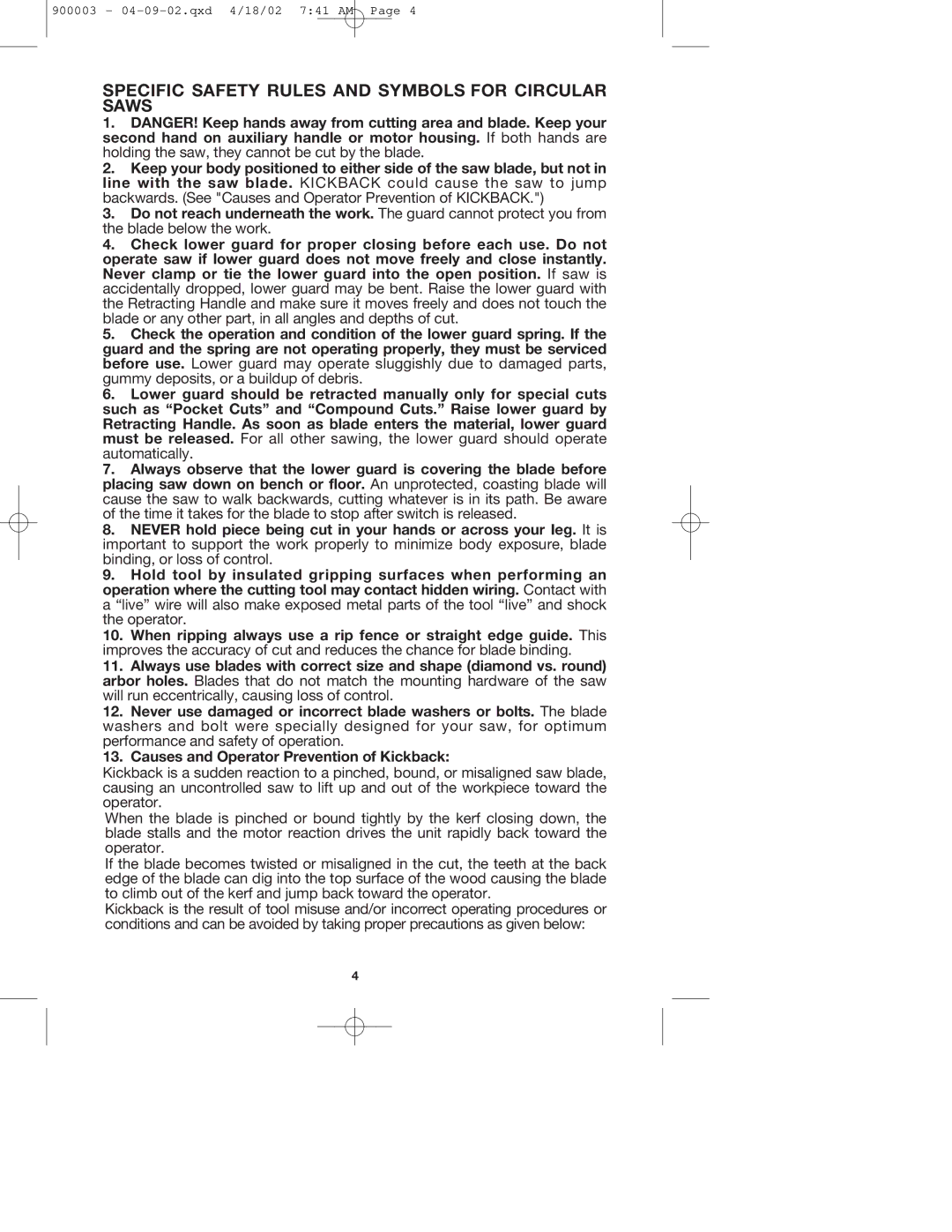447k, 347k specifications
The Porter-Cable 347K and 447K are two innovative pneumatic nailers designed to meet the needs of both professionals and DIY enthusiasts. Known for their robust performance and reliable construction, these nailers are ideal for a variety of applications, including framing, roofing, and finishing work.One of the main features of the Porter-Cable 347K is its capability to handle a wide range of fasteners. This model supports 3 to 3-1/4 inch framing nails, making it versatile for various construction tasks. The tool is equipped with a tool-free depth adjustment, allowing users to easily set the driving depth of the nails, ensuring a precision finish. This feature is especially helpful for applications where nail placement is critical, such as in cabinetry or trim work.
On the other hand, the 447K model is primarily geared towards fastening applications that require a lighter touch. This nailer is capable of firing 2 to 4-inch angled finish nails, suitable for tasks like crown molding and furniture assembly. The quick-release nose design of the 447K ensures that jammed nails can be cleared quickly, minimizing downtime on the job site.
In terms of technology, both models incorporate an integrated air filter to keep the internal mechanisms clean and functioning smoothly. This feature is vital for extending the lifespan of the tool and maintaining consistent performance. Furthermore, the clear side window on both nailers allows users to easily monitor nail levels, reducing the likelihood of running out of fasteners during crucial moments.
Both the 347K and 447K models boast lightweight designs, making them easy to maneuver for extended periods. This ergonomic advantage enhances user comfort, making them suitable for prolonged use on large projects. Additionally, the rubber grip and trigger ensure that users have a secure hold on the nailers, offering superior control and precision during operation.
Both Porter-Cable nailers come equipped with a durable carrying case for easy transport and storage, ensuring that the tools remain organized and protected when not in use.
Overall, the Porter-Cable 347K and 447K nailers stand out for their reliability, performance, and user-friendly features. Whether you're a professional contractor or a weekend warrior, these tools will add efficiency and precision to your construction projects, making them a valuable addition to any toolbox.

